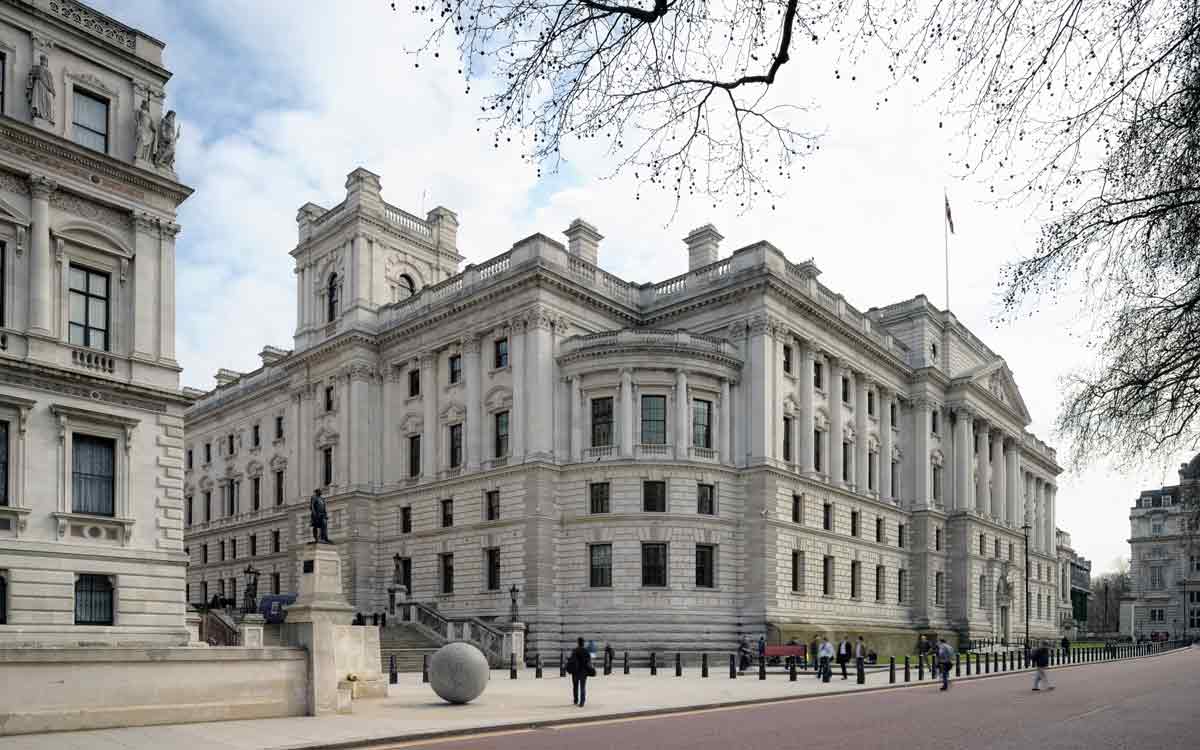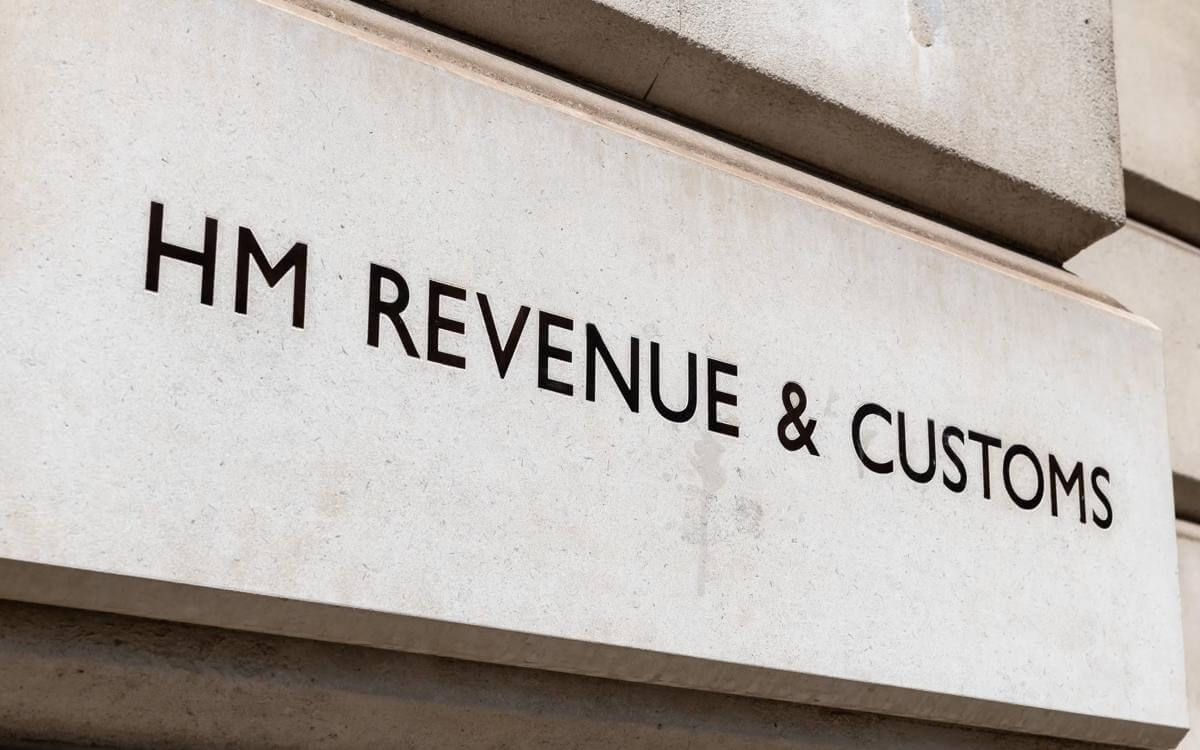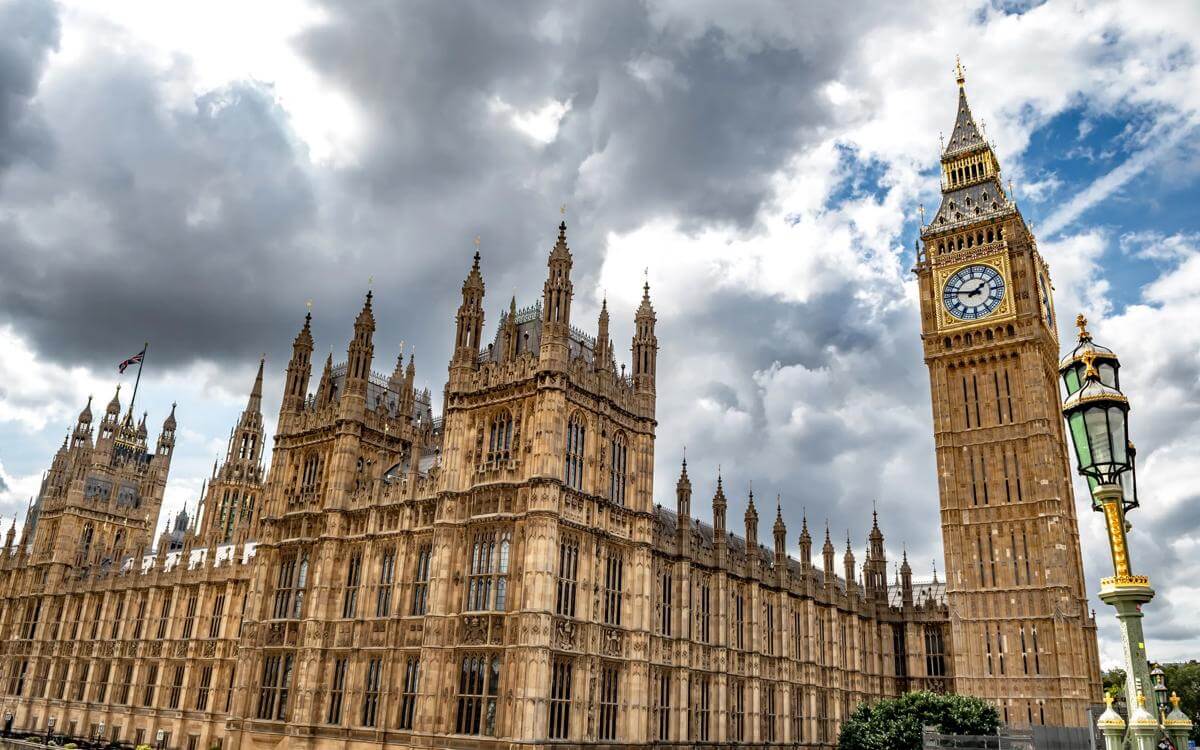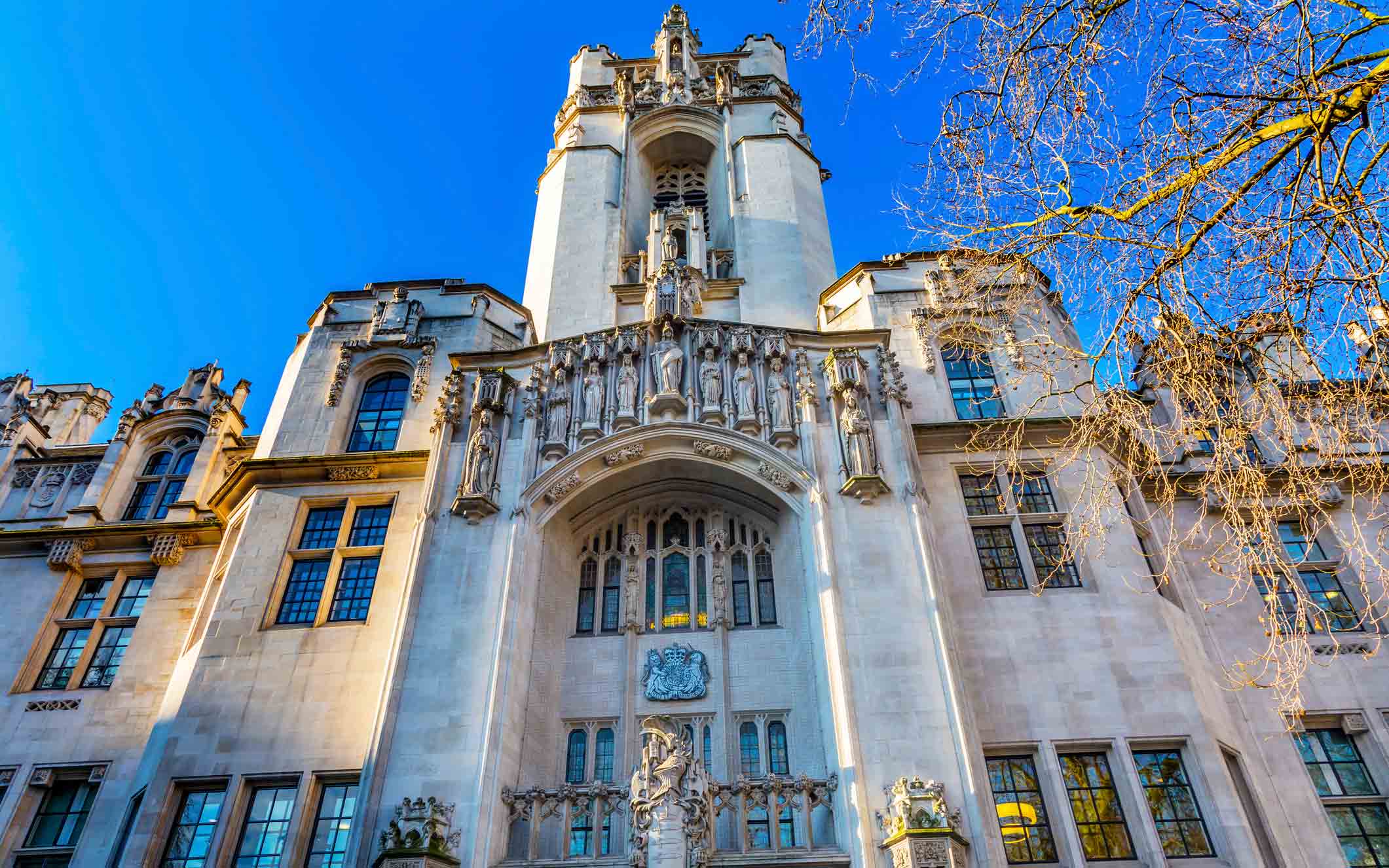Implications of covid-19 on loan documents
The effect of Covid 19 will likely impact a significant number of borrowers and lenders alike causing them to review their underlying finance arrangements to assess rights, protections and vulnerabilities.
Please note: the information contained in this legal update is correct as of the original date of publication
The effect of Covid 19 will likely impact a significant number of borrowers and lenders alike causing them to review their underlying finance arrangements to assess rights, protections and vulnerabilities. There may also be a need for borrowers and lenders to consider and assess the ability to draw on existing facilities, refinance, access interim financing or otherwise to inject cash into businesses alongside other alternative cash-conservation commercial measures to address short-term liquidity constraints.
The purpose of this note is to address certain key issues which will need to be considered in loan agreements in the current Covid 19 crisis. The below list is not exhaustive but hopefully is indicative of the considerations which will need to be given and potentially advice sought. It also does not seek to expressly consider what additional considerations may need to be given in respect of the entry into new facilities but many of these will revolve around the same issues.
1. Events of Default (EoD)
- Non-Payment – depending on the length of current interest periods / repayment profiles it is likely that a payment requirement will be upcoming for many borrowers and the ability to repay should be considered in advance. While non-payment can be a pre-emptive indicator of wider solvency concerns, loan agreements tend to give the borrower the benefit of the doubt in this respect until such default occurs as of course there is always the possibility of a turnaround. If there is a non-payment this is a ‘bright line’ EoD not capable of challenge or caveated by materiality.
- Financial Covenants – assuming they have been set correctly, financial covenants will provide an advance warning of the deterioration of the performance of a business as against that initially anticipated. Such tests are another example of a ‘bright line’ EoD where there is a clear pass / fail depending on the outputs of the calculations (subject in many cases to equity cure rights of remedy). Often the testing of such covenants from a default perspective will look back over a 12 month period and borrowers and lenders should be mindful that the impact of Covid 19 could last well into 2021 for businesses. Consideration of the following is advisable:
- assessing the underpinning components of ratio calculations will be necessary to assess the ability to comply – particular examples include (A) assessing whether adjustments are capable of being/required to be made to EBITDA; (B) assessing the impact of the various support schemes on the ratios taking into account the anticipated timing of receipt of the benefits of such schemes and the nature of the benefit as to whether that would run through both cashflow and EBITDA linked ratios; (C) consideration to what extent cash on balance sheet is derived from the relevant test periods;
- the equity cure position (if any) and the treatment of such equity injection from a ratio calculation perspective; and
- the possibility of a pre-emptive equity injection to prevent a breach from otherwise occurring.
Other points of note in this respect are as follows: (i) businesses with facilities containing lock-up and sweep mechanics may find themselves facing the possibility of the sweeping of excess cash generated from recent positive performance at a time where that cash could be needed given lock-up tests are often drafted on a forward-looking basis; (ii) ‘runs’ on revolving facility drawings can of course have a springboard effect on the debt service element of these ratios where there is a step-up from commitment fee to margin; (iii) the impact of financial covenants may stretch into other elements of loan agreements including margin ratchets which in turn result in a rise in debt service costs.
- Cross Default – no lender wants to be left with no right of action where other financiers are taking action against a business. As such many facility agreements will contain widely drafted cross-default EoDs. A failure to pay under one agreement may result in a corresponding chain reaction across other agreements.
- Insolvency related EoDs – while it would be intuitive to consider such an EoD to be ‘a last domino’ default as the impression would be that all other restructuring options would have been exhausted, it is worth noting that:
- an analysis of the provisions would be required to determine compliance;
- typical provisions would see an EoD result out of an inability to pay creditors when due (which may be relevant for businesses ‘managing’ cashflow) and some loans will contain an EoD where liabilities exceed assets; and
- the engagement with financiers regarding the rescheduling of financial indebtedness could itself trigger an EoD under many loan agreements. Borrowers should be mindful that this may be drafted more widely than they initially anticipate.
- Cessation of business – many loan agreements will contain an EoD which is triggered off cessation or suspension of all or a material part of a borrower’s business. The mere threat of such a suspension would be sufficient to trigger a Loan Market Association based provision. Drastic measures are being introduced by Governments which may render the triggering of such an EoD, outside of a borrower’s control, more likely.
- Breach of laws – many loan agreements will contain EoDs which require adherence to laws and regulations. In light of the measures being (or potentially being) imposed by Governments, failure to comply with such measures may result in such an EoD being triggered. Labour disputes may also be caught within the ambit of such provisions.
- Expropriation – while an often discounted EoD, it would be worth examining the wording of any such provision as these are usually widely drafted so as to capture business curtailment by governmental / regulatory bodies.
- Audit Qualification – for those businesses which are due an audit, consideration will need to be given to the potential qualification of the accounts. We suspect auditors will take a cautious view and as such a ‘clean’ audit may require the provision of some support from shareholders / financiers to avoid ‘going concern’ qualifications.
- Material Adverse Effect / Material Adverse Change – many loan agreements will contain a MAE/MAC EoD. The definition of MAE/MACs are often heavily negotiated and as such the precise wording would have to be analysed closely. Common distinctions surround: (i) whether the test is objective/subjective; (ii) degree of certainty around the impact of the particular event (i.e. “might” / “will” / “could reasonably be expected”); and (iii) the relevant provisions of the loan agreement / the nature of the financiers’ rights which (in each case) would be impacted.
It is entirely common for many other general covenants/representations to be qualified by MAE/MAC and so the impact of such distinctions could also stretch into the typical ‘breach of other obligations’ EoD.
The lack of certainty around such provisions can provide challenges for both borrowers (who may want to utilise their facilities and as a consequence be required to certify Repeating Representations and no Default which, in each case, may include a “no MAE” certification) and lenders (who may be considering accessing protections afforded by such term) alike. Moreover lenders tend to be cautious about invoking such clauses as, in the absence of abundant legal precedent, courts are expected to construe such clause narrowly and the risks of an ‘incorrect call’ for lenders can be significant both legally and reputationally.
2. Representations / Covenants
While the impact of such provisions is of course intrinsically linked to EoDs, there are certain provisions which stand out as particularly relevant in light of Covid 19 and other associated implications for borrowers and lenders will need to be considered.
- Information Undertakings – The level of reporting requirements can vary significantly under loan agreements. With this said and aside from the usual financial information, many loan agreements will require borrowers to:
- keep their lenders informed of breaches of their loan documentation and other material contracts;
- provide any information reasonably requested by their lenders in connection with their business; and
- provide certifications as to no Default upon request by financiers.
In addition, businesses looking to take advantage of the ability to delay delivery of audited accounts should consider whether a corresponding consent is required under their loan agreements.
- Restrictions on Financial Indebtedness – Borrowers who are considering attempts to obtain additional finance will typically be subject to restrictions imposed by their loan agreements.
- No Default – Loan agreements typically contain Repeating Representations as to no defaults not only under their loan agreement but also as to defaults or termination events under other material contracts.
- Disputes – Loan agreements typically contain either a Repeating Representation or a standalone EoD as to the absence of any disputes which are likely to have a material adverse effect.
- General (Representations) – Borrowers and Lenders will need to be mindful of when such representations are required to be made in order to assess compliance. Of particular note is the typical requirement to confirm the accuracy of Repeating Representations when making drawdowns.
- General (Scope) – The representation, covenant and EoD package within a loan agreement may be drafted so as to apply to group members generally.
3. Other Relevant Provisions
- Clean Down – many revolving loans will contain provisions requiring the usage of that facility to be reduced to zero at least once a year. For cash-constrained businesses (and particularly in respect of those who have fully drawn their revolving credit facility in part due to the potential adverse implications of Covid 19) there may be difficulties in complying with this provision.
- Rollover Loans – Once a revolving credit facility is drawn, many facilities will act to provide for the redrawing of that loan on a Rollover basis. Borrowers and Lenders may wish to consider the implications on the conditionality associated with the redrawing of such a rollover loan as many loan agreements will reduce the standard from ‘no Default’ to ‘no Declared Default’ meaning, once the money is drawn, it cannot be forced to be repaid unless lenders have taken positive enforcement action.
- Margin Ratchets – Loan agreements may contain mechanisms which alter the margin upon the fulfilment of certain criteria. Borrowers may wish to consider the possibility of the operation of such margin ratchets in light of the anticipated impact of Covid 19 as clearly increases could place further strain on their business.
- Security Top-Up Requirements – Loan agreements may contain requirements which require the maintenance of collateral at a certain level. To the extent Covid 19 adversely impacts the value of existing collateral, a top-up obligation may arise.
- Indemnities – many loan agreements will contain indemnities in favour of lenders (including covering professional adviser fees) in circumstances where they are required to investigate defaults or take action to protect their position which could of course increase the burden on cash constrained businesses.
- Amendments / Obligors’ Agent – it is likely that many amendments, waivers and consents will be required when dealing with the impacts of Covid 19. Borrowers and lenders may wish to analyse their amendment provisions to assess the level of affirmation required to implement such matters and consider making use of Obligors’ Agent provisions to simplify such processes.
To the extent you require any further information or advice in respect of the above, please get in touch.









































